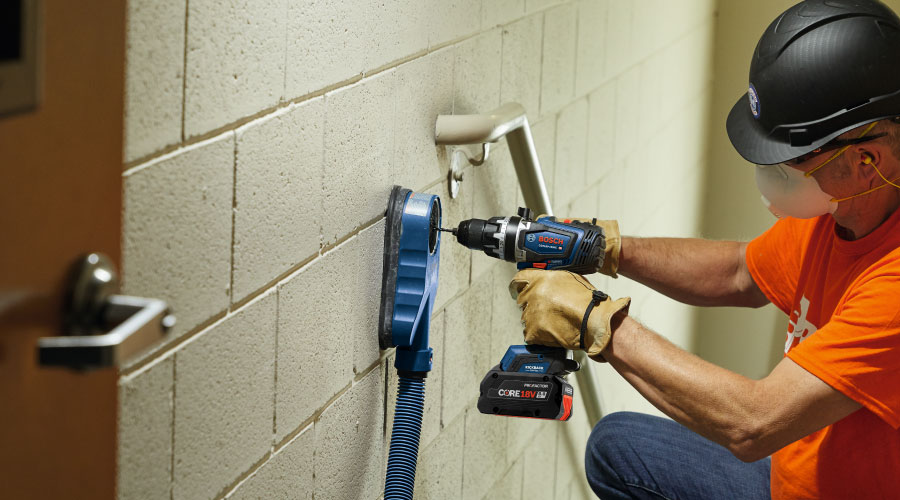Demand-Response Program Leads to Potential Savings
The hotel addition was not the only major change taking place at the resort in the last year. Morris also signed an agreement with an aggregator for Pacific Gas and Electric Co., to implement a demand-response program to lower the facility’s energy use and reduce utility costs.
During a specific time period — such as May through September, for example — the aggregator will call a test via phone, e-mail, or text. During this test, Chukchansi will turn off the main utility and rely on its two 2-megawatt generators for power. The utility company reimburses the resort based on the number of kilowatts it sheds during the two-hour test.
“We’ll have our chief electrician walk in, we’ll shut down the main utility, we’ll go on back-up power, and that’s it,” Morris says. “We let the generators run for the time period. Once the time period expires, we’ll flip the main utility back on. The process is seamless. It’s zero interruption, zero problems.”
The resort just finished its first test since signing up for the program, so Morris does not know the amount of savings it will generate. But the facility did shed 1,732 kilowatts during the test, so Morris is eager to see the results.
To participate in a demand-response program, facilities must have reliable backup power. Chukchansi deals with rolling blackouts, brownouts and other outages, due to its location on the West Coast, so emergency power plays a significant role in facilities planning. The resort has specified a flywheel uninterruptible power supply (UPS) for the generator that supports the floor housing the slot machines.
“It’s actually used as a power scrubber for us so we have consistent, constant, clean power supplying the games on the casino floor,” Morris says of the UPS. “When we have a power interruption and main utility is cut off, there’s about a 15-17 second delay between main utility going down and the generators having enough time to ramp up and get up to speed to support the load of the casino floor.
“Where this unit comes into play is, it can last for 20-25 seconds. It maintains power at the casino floor at the required load in between main utility going down and the generators firing up.”
Related Topics:















